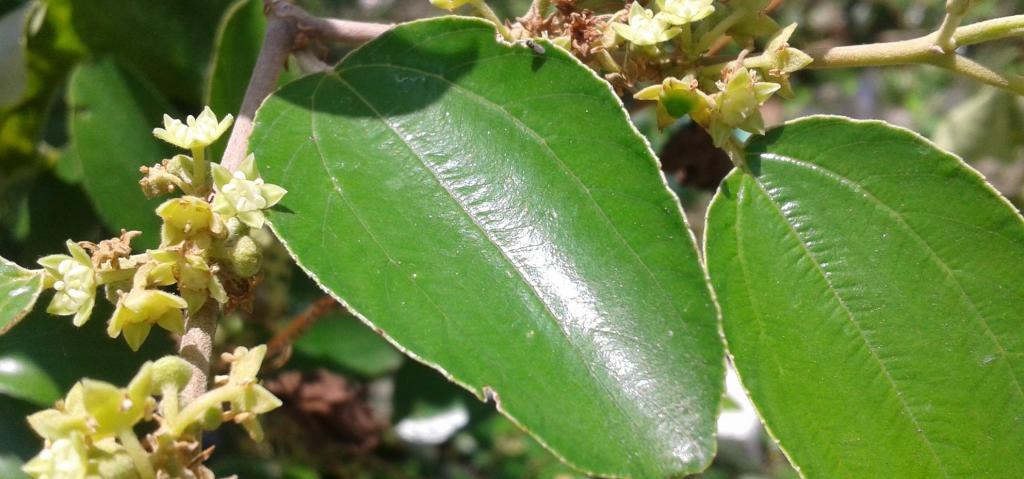
The Ziziphus Nummularia commonly known as the 'Jhar Beri' in Hindi and Urdu is used to treat nausea as well as scabies. Photo: Wikimedia Commons
Ayurveda, Yoga, Unani, Siddha and Homoeopathy are generally called traditional or alternative medicine in India. Though these systems of medicine have their own significance, they have some common specialities like zero side effects. They not only cure diseases but also root out the causes entirely, help cure the ailments through daily food habits, herbs and simple exercises and above all, are highly inexpensive.
Many of these alternative systems of medicines treat ailments with the help of nature’s rich pharmacy that is available to them: medicinal plants and herbs.
India is not only known for its varied culture and traditions but also for its rich biological diversity. The large numbers of floral and faunal species bear testimony to its rich biological diversity. Of the many floral species, a large number are medicinal plants, which have been identified as our 'National Heritage'. They need to be conserved and managed sustainably.
The medicinal values of many plant species in India have been described in Rig Veda, about 4,000 years ago. About 90 per cent of the world’s rural population depend on traditional herbal medicine for their primary health even today.
India is known as an emporium of medicinal plants due to the occurrence of several thousands of medicinal plants. Many of the tribal communities of the country like the Irulas, Kanis, Kotas, Kurumbas, Malayaalis, Paliyas, Paniyas, Sholagas, Todas and others still rely on the naturally occurring medicinal plants for various diseases.
Most of the medicinal plant species in India are found in forest areas. But there is no special act to protect these rare species except the Tamil Nadu Forest Act, 1882 and the Wild Life (Protection) Act, 1972. Schedule VI of the Wild Life (Protection) Act, 1972 covers only beddome’s cycad, blue vanda, kuth, ladies slipper orchids, the pitcher plant and red vanda.
As the officials of the forest department are not given any special training about medicinal plants, they are not even able to identify these plant species. When this is the case, even if any illegal removal of these plants takes place, they are not able to deal with it properly and effectively. This leads to indiscriminate destruction of the valuable plant species.
Hence, effective and useful training of all the field staff and officers in identifying medicinal plants and dealing with the occurrences involving medicinal plants is very necessary. Due to indiscriminate exploitation, many medicinal plant species have attained the status of RET (Rare, Endangered and Threatened) species. Therefore, before they become extinct, it is the foremost duty of the state and the central governments to conserve these valuable medicinal plant species by enacting a special Act and imparting training to forest department officials not only for prosperity but also for posterity.
Source:
https://www.downtoearth.org.in/blog/wildlife-and-biodiversity/enact-a-special-act-for-protecting-india-s-natural-pharmacy-64768